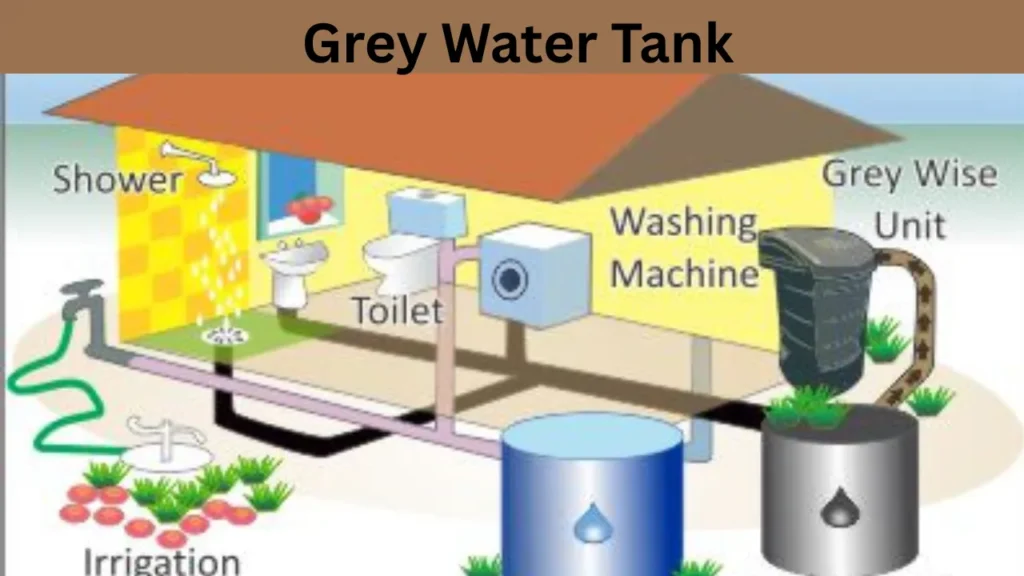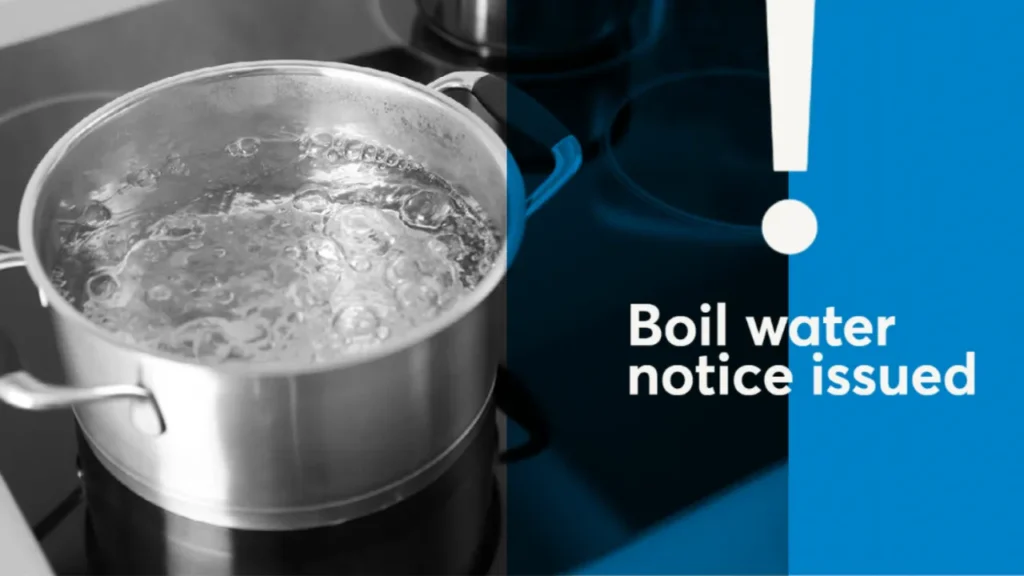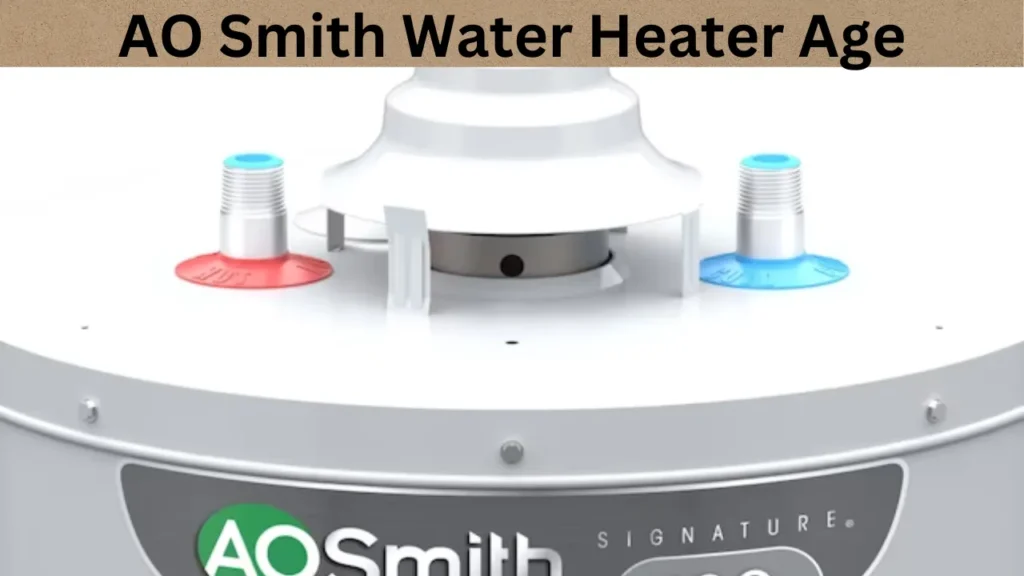Managing water efficiently has become a global necessity. One practical solution is using a grey water tank. This tank collects and stores water from bathroom sinks, showers, and washing machines. While it is not clean enough to drink, this water can still serve many useful purposes.
Read more: cenpok.com
What Is a Grey Water Tank?
A grey water tank is a container that stores greywater, which is gently used water from non-toilet plumbing systems. This includes sinks, tubs, and laundry machines. The tank separates this wastewater from black water (toilet water), making it easier to filter and reuse for gardening, flushing, or cleaning.
Greywater does not contain human waste but may have soap, dirt, hair, or food particles. Therefore, storing it in a water tank allows for safe, short-term storage before reuse or treatment.
Read more: Doctorhub360.com Neurological Diseases: Symptoms, Treatment
Why Is a Grey Water Tank Important?
Water scarcity affects millions of people around the world. Using a water tank reduces the demand on fresh water sources. Homeowners and travelers in RVs or boats rely on these tanks to reuse water smartly. Not only does this conserve water, but it also lowers water bills and helps protect the environment.
A water tank enables water recycling and reduces the volume of wastewater entering septic or sewage systems. This approach is especially helpful in off-grid locations or drought-prone areas.
Read more: Water Fairy: Magic, Legends, and Mystical World of Water Spirits
Where Are Grey Water Tanks Used?
Grey water tanks are used in several settings:
- Residential homes: Homeowners install them as part of water conservation systems.
- RVs and campers: Travelers store used water from sinks and showers for safe disposal later.
- Boats and yachts: Marine users prevent direct discharge into oceans or lakes by using tanks.
- Eco-buildings: Sustainable homes often rely on greywater systems to maintain green ratings.
Each setting may require a different tank size and setup, but the main purpose stays the same—recycling and reusing greywater efficiently.
Read more: Water Dinosaurs: Ancient Rulers of the Prehistoric Oceans
How Does a Grey Water Tank Work?
A grey water tank functions by collecting water that drains from fixtures like bathroom sinks or washing machines. Pipes transport this water to the tank, where it is stored temporarily. Some systems filter the water before it enters the tank, while others treat it after storage.
Many water tanks have:
- A filtration system to remove large particles
- Vents to avoid unpleasant odors
- Drain valves for easy emptying or irrigation use
When you need to use the stored water, you can direct it to a garden or a toilet tank. Since the water may contain soap or detergent, it should not be consumed or used for bathing.
Read more: Water Bending: A Fascinating Element of Control and Power
Benefits of Using
There are many reasons why using a grey water tank is beneficial. First, it promotes sustainability by reducing clean water usage. Second, it cuts down utility bills. Third, it minimizes the strain on local water treatment plants.
It also plays a role in maintaining green certifications for buildings. Many green homes and LEED-certified properties include greywater systems in their design. In addition, these tanks make off-grid living more practical and affordable.
Types of Grey Water Tanks
Grey water tanks come in various sizes and materials depending on the use case. They may be portable, above-ground, or installed underground.
Here is a comparison table of common water tank types:
| Type | Material | Common Use | Capacity Range | Installation |
|---|---|---|---|---|
| Portable Tank | Plastic (HDPE) | RVs, Camping | 5 – 30 gallons | Mobile, Easy to Carry |
| Residential Tank | Polyethylene | Home Systems | 50 – 500 gallons | Above or Underground |
| Marine Tank | Fiberglass | Boats, Yachts | 10 – 100 gallons | Built-In, Compact |
| Commercial Tank | Steel/Concrete | Eco-Buildings | 500 – 5,000+ gallons | Permanent Installation |
Each of these tanks is designed with specific needs in mind. For example, RV users prefer portable tanks they can empty at designated dump stations. In contrast, homeowners may install underground tanks that connect to irrigation systems.
Maintenance of a Water Tank
Maintaining a water tank is essential to ensure water quality and avoid bad odors. Tanks should be cleaned regularly to prevent buildup of bacteria, algae, or residue. Filters also need to be changed or washed depending on the system.
Using biodegradable soaps and detergents helps maintain better water quality in the tank. Periodic inspection of pipes and vents prevents clogs and keeps the system running smoothly.
Proper maintenance extends the life of the tank and reduces environmental harm.
Grey Water Tank vs Black Water Tank
It is important to understand the difference between grey and black water tanks. While they both store wastewater, their contents and uses differ greatly.
Here is a table comparing the two:
| Feature | Grey Water Tank | Black Water Tank |
|---|---|---|
| Source | Sinks, Showers, Laundry | Toilets |
| Water Content | Soap, Dirt, Hair | Human Waste, Toilet Paper |
| Reusability | Can be reused for irrigation or flushing | Must be treated or safely disposed |
| Odor Level | Mild if maintained | Strong odor if not emptied regularly |
| Treatment Needed | Basic filtration (optional) | Full sanitation treatment required |
Knowing this difference helps users manage their waste systems more effectively, especially in mobile or off-grid environments.
Legal and Safety Considerations
Before installing a grey water tank, check with local regulations. Some regions have specific rules regarding the reuse and discharge of greywater. Improper disposal may lead to health risks or legal consequences.
In many places, greywater must not be stored for more than 24 hours unless it is treated. Also, it should not be allowed to form puddles or run off into neighboring properties.
Following proper installation and disposal guidelines ensures safe and eco-friendly use.
Common Uses for Grey Water
The grey water makes it possible to reuse water in many helpful ways:
- Garden irrigation: Greywater nourishes plants when used carefully.
- Toilet flushing: Flushing with reused water saves gallons of freshwater daily.
- Cleaning: Non-potable uses like floor or driveway washing are possible.
However, it is important to avoid using greywater on edible plants or fruits unless it has been properly treated.
Costs of Grey Water Tank Systems
Costs vary based on the type and size of the tank, filtration systems, and installation complexity. Here’s a simple cost estimate chart:
| System Type | Estimated Cost (USD) |
|---|---|
| Portable Grey Water Tank | $50 – $200 |
| Home Installation Kit | $300 – $2,000 |
| Commercial Tank System | $5,000 – $20,000+ |
Investing in a water tank can save money in the long run through lower utility bills and reduced water usage.
Environmental Impact
Using a grey water tank has a significant positive effect on the environment. It lowers the demand on freshwater systems and decreases the volume of wastewater entering treatment facilities. Greywater recycling helps maintain soil health and reduces pollution caused by overflows or leaks from sewage systems.
It also plays a key role in sustainable development goals and promotes responsible resource management in urban planning.
Health and Hygiene Tips for Grey Water Use
Although greywater may seem harmless, stagnant greywater can develop bacteria quickly if not used or treated in time. To keep your system safe:
- Use greywater within 24 hours to avoid odor and germs.
- Never store greywater from kitchen sinks (due to grease and food particles).
- Avoid using bleach, boron, or toxic cleaners that can harm plants or soil.
Wearing gloves when handling greywater and washing hands afterward is highly recommended. By following safe practices, you prevent contamination and protect your household and garden.
Final Thoughts
A grey water tank is more than just a container—it is a tool for sustainability, conservation, and smarter water management. Whether you’re in a home, RV, or boat, using greywater wisely reduces your environmental footprint.
By understanding how to use and maintain a water tank, anyone can contribute to a more water-efficient future. With the right system, you can recycle water safely, reduce your bills, and help save the planet—one drop at a time.



